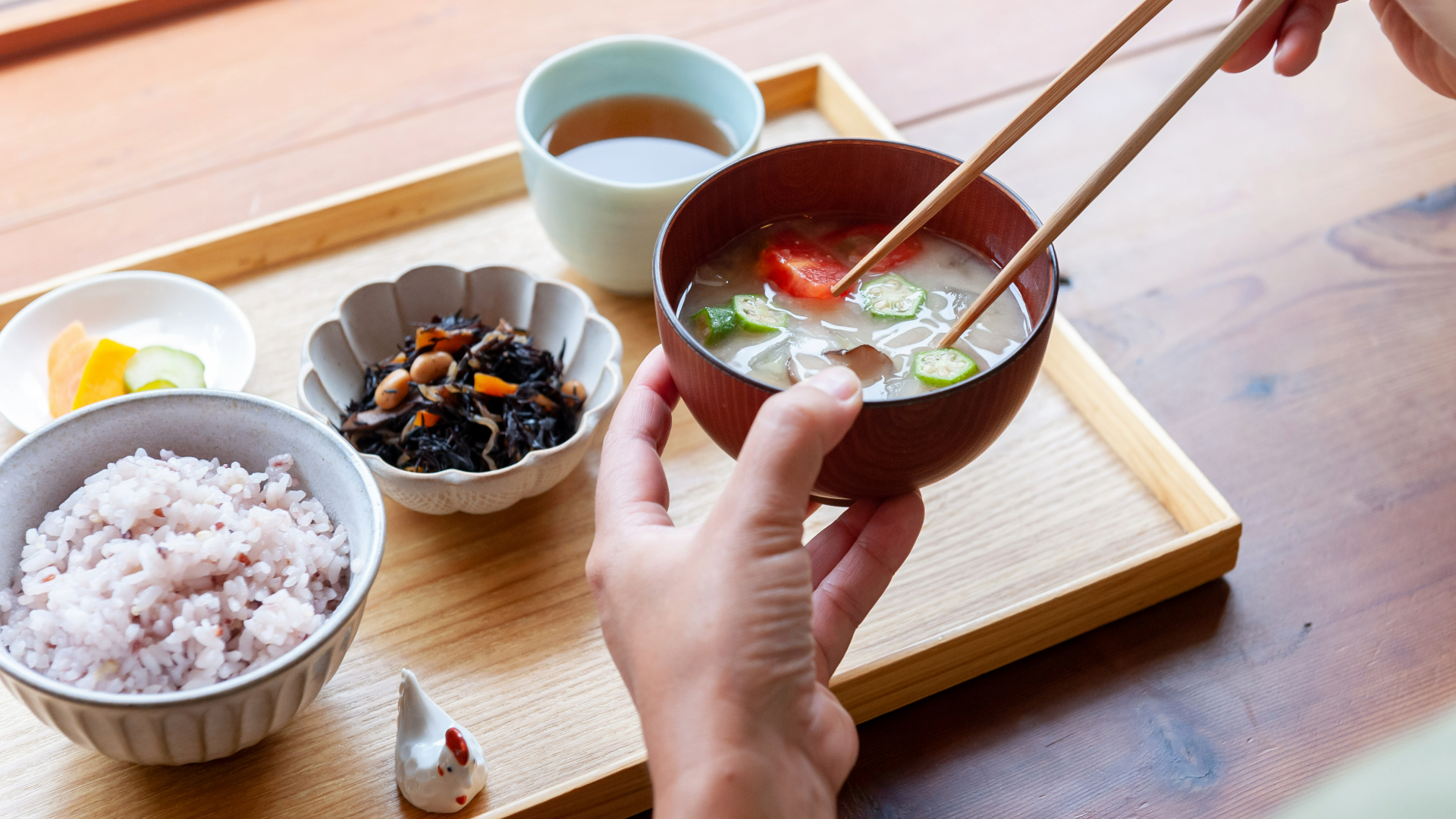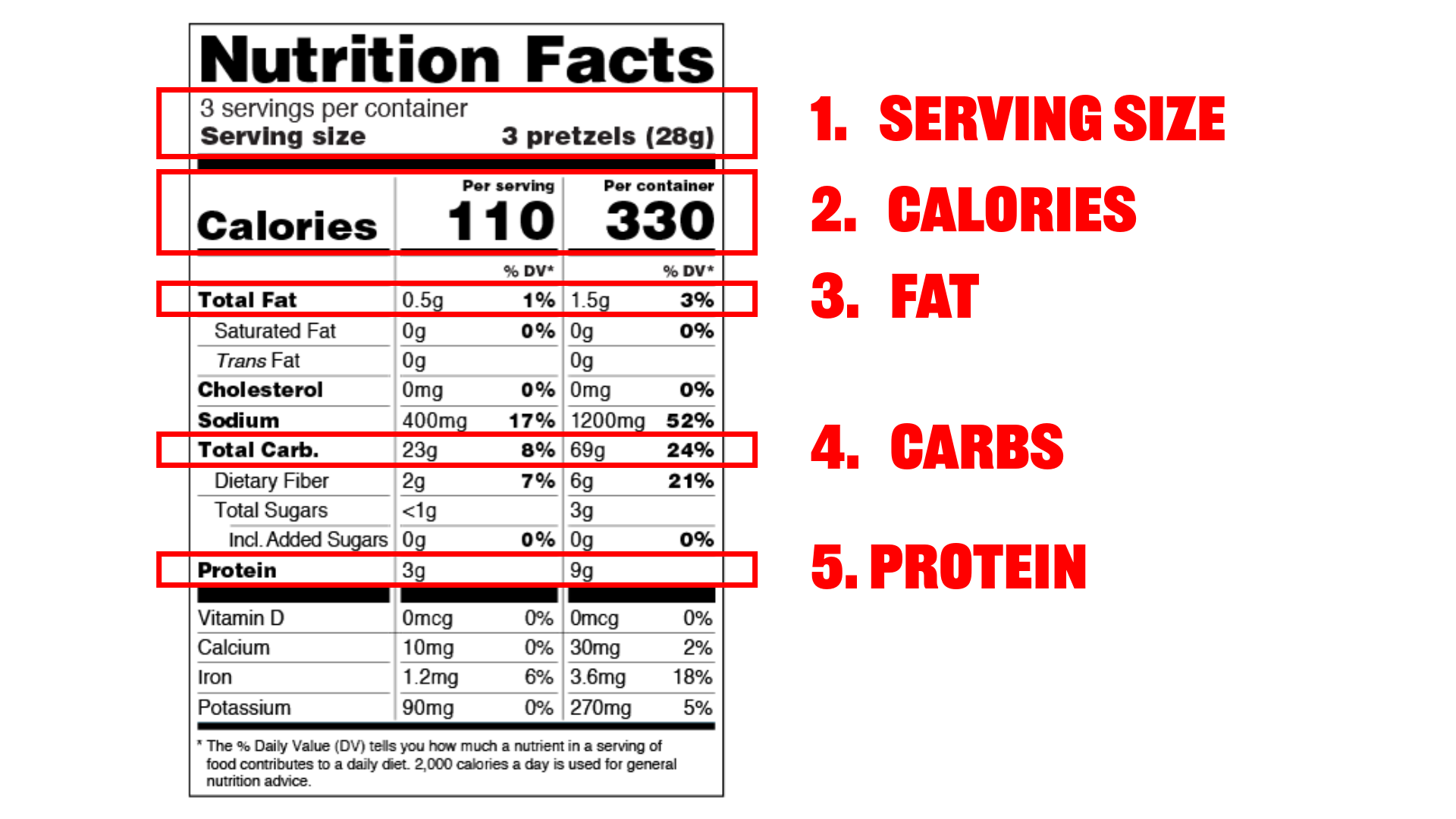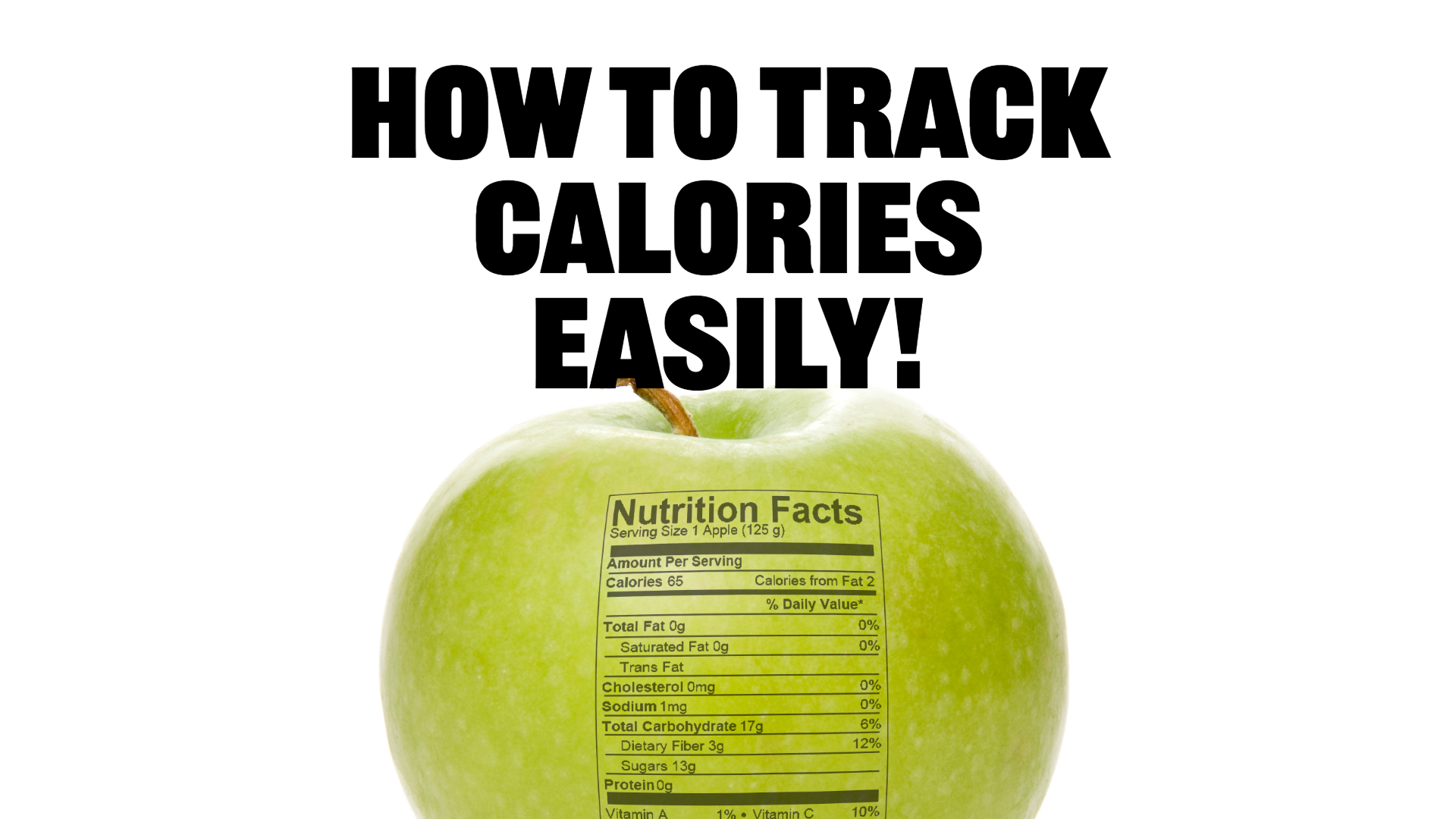Understanding how many calories you consume is one of the most important aspects of fitness and nutrition. It’s allowed me to achieve my target weight, putting me in a better position to build my dream body.
Having this knowledge can make or break one’s fitness goals. If you understand the concept of how many calories you burn, then you can control what you eat to be in a caloric deficit for weight loss or caloric surplus for weight/muscle gain. Both caloric burn and consumption need to go hand-in-hand, which I’ll explain on the latter below. For caloric burn, you can refer to this article here.
This article will give you all the information you need on calculating calories in the easiest possible way.
First off, what even are calories?
Macronutrients: The Building Blocks of Calories

All foods are made up of 3 main macronutrients:
- Carbohydrates are simply sugar. They exist in flour, rice, noodles, bread, potatoes, sugary drinks etc. Carbs are a great source of energy.
- Protein exist in meat, dairy products, tofu, tempeh etc. They’re great for building muscle.
- Fat exists in animal fat, oil, dairy products etc. They help us feel full and help the body absorb vitamins.
These macronutrients have different energy/calorie supply. Carbs provide 4 calories per gram, protein provides 4 calories per gram, while fat provides 9 calories per gram. Eating the same weight of fat gives around double the calories than carb or protein – which is why deep fried food is so high in calories as it’s soaked in oil.
Now let’s put all this together to understand how we can calculate calories.
How To Calculate Calories in Food
Fortunately, most pre-packaged food we buy today has nutritional information on the packaging. This table tells us the calories and the macro breakdown, here’s an example from a pack of pretzels:

- Serving size: Most packages will state the serving size, in this case it’s 3 pretzels weighing 28g. In the whole container there’s 3 servings, so 9 pretzels in total. Knowing this helps you read the table based on one serving or the entire container. For the rest of this example I’ll use the column of one serving.
- For every serving or 3 pretzels, it’s a total of 110 calories. How is this broken down? There is 0.5g of fat, 23g of carbs, and 3g of protein. If you do the math, 0.5g of fat gives 4.5 calories, 23g of carbs give 92 calories, 3g of protein gives 12 calories. Adding that up you’ll get around 110 calories.
- The rest of the content such as sodium, calcium etc are micronutrients. They’re important for overall health, but have no caloric contribution.
- Btw, you can omit vegetable calories, they have very little calories and it’s negligible (But not the oil that’s used though!)
But what if you’re getting your food from the market or butcher’s? There won’t be any printed information, so I’d usually just Google it (Here’s an example of calories in chicken breast).
All you need to do now is get a food scale and start weighing your food before you eat/cook and jot down your calorie consumption for the day. I recommend using the MyFitnessPal app as it allows you to log your food and calories everyday.
I Actually Don’t Like Counting Calories and Here’s A Better Option For Me
After counting calories for a while, I don’t think it’s necessary for majority of the population to go through it every single day. I didn’t like seeing every single piece of food as some data rather than being able to enjoy my meal with zero guilt.
Unless you’re an athlete, into serious bodybuilding, or need to reach a certain weight on a deadline (I recommend getting a proper coach on this), I found a better way without having to pull out a scale and calculator all the time.
It’s called portion estimate and I will be sharing a full guide on how to do that soon. (Subscribe to my newsletter at the bottom of this article to be updated!)
In summary, instead of looking at calories, we’ll use our hand as the measurement unit of the food we consume (eg. 1 fist of carbs, 2 palms of protein, 2 scoops of veg, 1 thumb of fat).
The upside is it saves a lot of time and there’s no mental stress in counting calories. The downside is it’ll take some time for trial and error to find what works for you, so you may not see immediate results.
You decide what’s best for you. I personally use a bit of both and found it suits my lifestyle the best, but I think there’s no harm in trying this method out too!
Use This Knowledge To Build Your Dream Body
Want to lose weight or build muscle/gain weight? Use what you’ve learned today and pair it with your TDEE to be in a caloric deficit or surplus. Full guide here.
